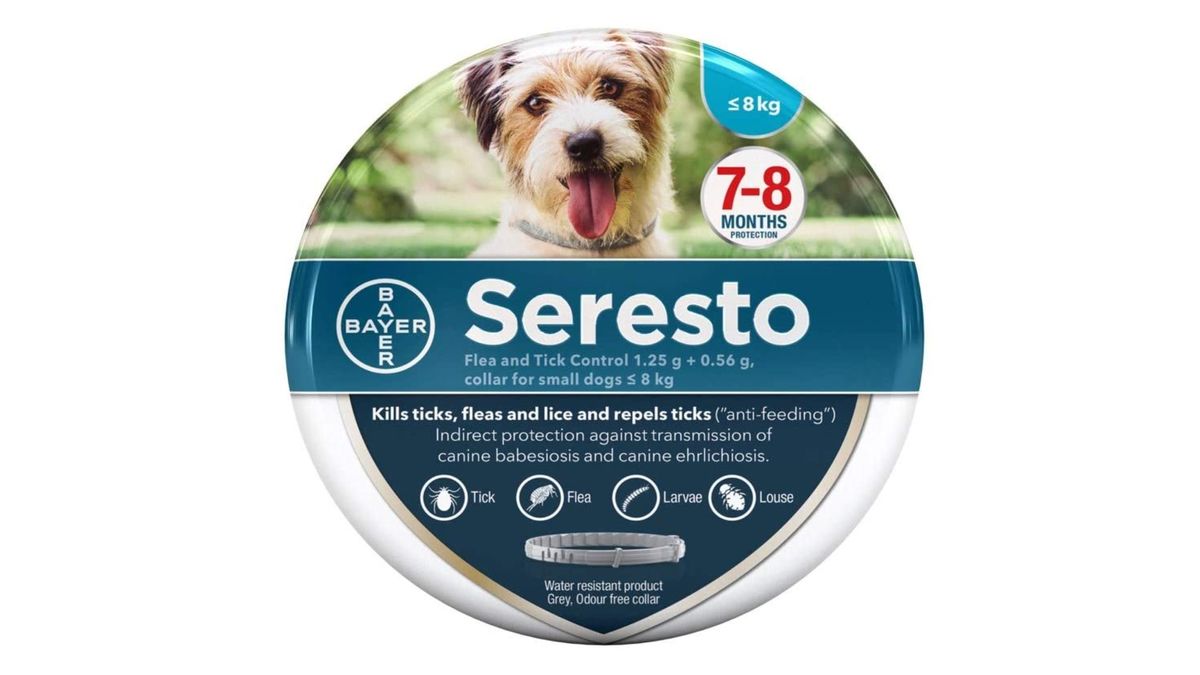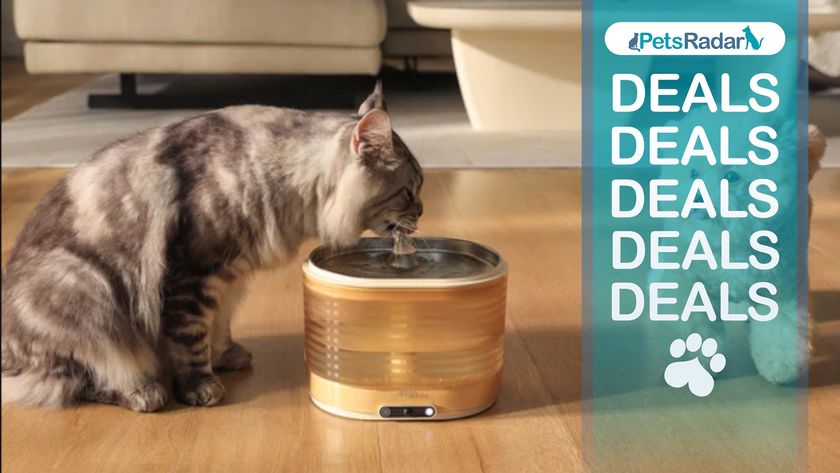Investigation begins into Seresto flea collar death allegations
The Seresto flea collar for pets is being cited as causing the death and injury of thousands of cats and dogs

The Center for Biological Diversity has filed a formal legal petition urging the Environmental Protection Agency to cancel the registration of the popular Seresto flea collar after it was connected to the deaths of close to 1,700 animals and injuries to many more.
Regularly taking out the number one spot as the best flea collar for dogs and best flea collar for cats on sites like Amazon, Elanco’s Seresto flea collar has recently been linked to thousands of pet deaths and injuries, as well as hundreds of reports of harm to humans.
Documents obtained from the U.S. Environmental Protection Agency (EPA) revealed a link between animals wearing the Seresto collar and reports of lethargy, loss of motor function, scabs on the skin, and seizures that pet parents observed in their animals. To date, the EPA has received more than 75,000 complaints from dog and cat owners but up until last week, they had refused to take action.
Alongside their legal petition, the Center for Biological Diversity has also filed a lawsuit against the EPA, challenging their failure to release documents regarding the reported injuries caused by the Seresto flea collar.
“It shouldn’t take a lawsuit to get the EPA to release public documents that could shed light on the deaths of over a thousand family pets,” said Lori Ann Burd, director of the Center’s environmental health program. “It’s inexcusable that the agency charged with regulating this pesticidal collar has not only refused to hand over public documents but has also refused to even take the basic measure of warning the public that it has received over 75,000 reports of it causing harm and even death.”
Mounting pressure from some members of Congress has caused the EPA to cave to the growing demand for a proper investigation into the Seresto collars. A spokesperson for the EPA says that they are in the early stages of requesting and reviewing information about pet incidents involving Seresto and that it’s too early to say whether the collar has a higher rate of harmful events than similar products.
“EPA understands this is a critical issue,” the spokesperson said. “The agency’s immediate advice to pet owners is to talk with their veterinarian before using any pet insecticide to find out what the vet recommends, read the label, and follow instructions on safe use of the product, be alert for any unexpected reaction, and report adverse reactions with as much detail as possible.”
PetsRadar Newsletter
Get the best advice, tips and top tech for your beloved Pets

If your cat or dog is currently wearing a Seresto collar, you’re likely feeling understandably concerned and we recommend talking to your veterinarian first and foremost to seek advice on whether your pet is safe to continue wearing it.
Dr. Elizabeth Trepp, a veterinarian at Banfield Pet Hospital in Washington, believes the reports need to be looked into but says she’s never had an issue with the Seresto collar and neither have any of her colleagues. It’s a view shared by our in-house vet Dr. Joanna Woodnutt who says “many vets have used Seresto collars for years, including on our own pets, and have noted only very mild side effects.”
With all the vet comments we’ve read and sourced having found only minimal or no side effects with the Seresto collar in their pets and those they see in their practice, what might be causing the health issues pet parents are witnessing in their furkids? Is it the Seresto collar or might other factors be at play?
When it comes to skin issues, such as scabs, Woodnutt is reassuring. “Whilst scabs under the collar might seem serious, it was actually seen in the placebo group in trials as well, suggesting it’s not as much the ingredients in the collar as it is the collar itself.” Dr. Alicen Tracey, a vet and member of the Daily Paws Advisory Board, echoes the views of Woodnutt and suggests pet parents may first want to ensure their furkid is wearing their collar correctly.
“Flea-tick collars work by interacting with the skin to distribute the preventative medication and should therefore be placed around the neck snug enough to create skin contact, but allowing the applicator to fit two fingers beneath the collar," she writes, if you don't check regularly, the collar can get too loose or too tight, which can cause irritation.”
Another potential issue is the rise in the number of fake Seresto collars being sold to dog and cat owners as the genuine article. The collar has recently changed drug classification in the U.K., meaning it no longer needs a prescription, which is likely contributing to the number of fakes we’re seeing.
“Fake Seresto collars are definitely in circulation, and these products will not have gone through the rigorous testing that the original collar has undergone,” says Woodnutt, adding “because pet owners aren’t generally aware they’ve bought a fake product, it’s impossible to know how many of these reports have been about a fake product rather than the original one.”
Both Trepp and Woodnutt stress the importance of investigations being carried out before any official link is made between the health issues reported by pet owners and the Seresto collar. “Anecdotal reports are not helpful as they are open to bias, and almost all of the alleged reactions are anecdotal,” says Woodnutt.
Explaining that vets have a legal obligation to report suspected side effects and drug companies will usually pay for investigations to prove or disprove a link with their product, Woodnutt wants people to understand the difference between the allegations and a proven link. “Only if the link is proven or strongly suspected will a warning be published, a recall issued, or the datasheet will be changed to explain the possible new side effect,” she says.
If you’re feeling concerned about the information currently doing the rounds about the Seresto collar, have a chat with your vet who can advise you on the best course of action. The best flea treatments for dogs and the best flea treatments for cats both come in a wide variety of different formulas, including topical treatments and oral medications, so there are plenty of options available if you’d prefer not to use a flea collar.

Kathryn is a freelance writer who has been a member of the PetsRadar family since it launched in 2020. Highly experienced in her field, she's driven by a desire to provide pet parents with accurate, timely, and informative content that enables them to provide their fur friends with everything they need to thrive. Kathryn works closely with vets and trainers to ensure all articles offer the most up-to-date information across a range of pet-related fields, from insights into health and behavior issues to tips on products and training. When she’s not busy crafting the perfect sentence for her features, buying guides and news pieces, she can be found hanging out with her family (which includes one super sassy cat), drinking copious amounts of Jasmine tea and reading all the books.











